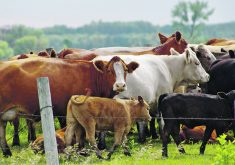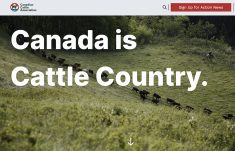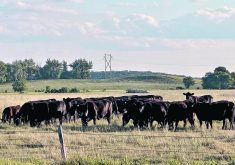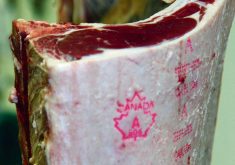Over $10 million has collected since the import levy was created in response to a similar levy in the United States
Ten years of a beef cattle import levy have resulted in about $1 million per year invested in growing the domestic market for beef.
The Beef Cattle Research, Market Development and Promotion Levies Order came to be in June 2013.
Melinda German, general manager of the Canadian Beef Check-off Agency, said the levy charged to importers is used to create generic marketing and programs that can benefit all beef producers.
“The goal is to keep beef on the plates of Canadians. And so what we do is we promote the healthfulness of beef, we promote culinary skills for Canadian consumers, and we reinforce safe food practices as well.”
Read Also
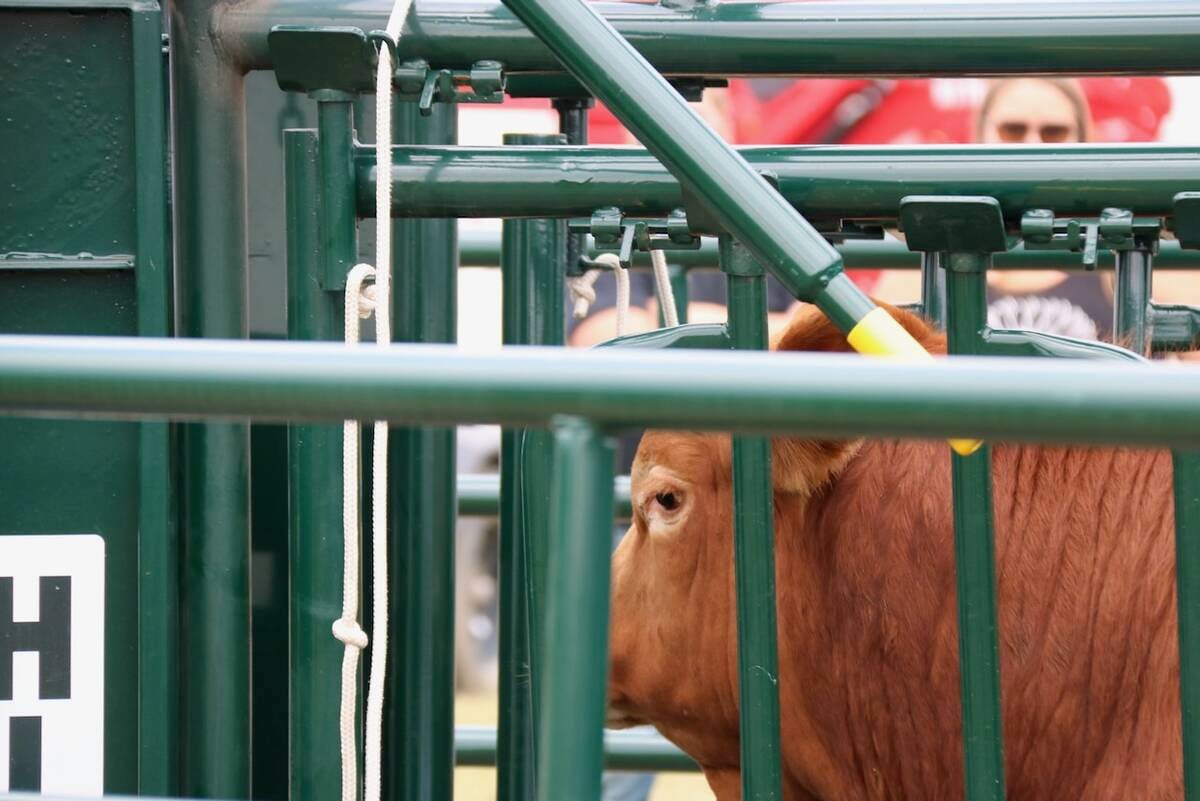
Good handling equipment a must on cattle operations
It’s important for the safety of producers and everyone else dealing with their stock that handling equipment is functional and safe.
With these aspects being top of mind for consumers, Ron Glaser, vice-president of corporate affairs at Canada Beef, said they want to show consumers the benefits of both Canadian and imported products with fairness and parity.
“The nutrient profile of imported beef is similar to that nutrient profile of Canadian beef, so recipes that work for Canadian beef would also work for imported beef. So we find this as a way to help promote beef promotion in Canada without unduly giving an advantage or disadvantage to either Canadian beef or imported beef.”
The import levy was created in response to a similar levy in the United States, but the deal with importers is that the money can’t be used to differentiate Canadian beef in Canada, which is why it has been used to promote the use of beef broadly.
With more than $10 million collected since its inception, the import levy has provided valuable funding for the producer-funded and run beef marketing arm of the Canadian beef industry, said Glaser.
Especially during the COVID pandemic, the import levy helped consumers meet unexpected challenges.
“Many people were rediscovering their kitchens, and relearning how to prepare food at home,” said Glazer. “The import levy helped us fund a lot of initiatives to digitize and bring that sort of cooking information and support directly to the consumer to give them comfort and confidence that they can take the beef they were purchasing and have a good outcome at home.”
The import levy has levelled the playing field, said Dennis Laycraft, executive vice-president of the Canadian Cattle Association. Given the close relationship the association has with Canada Beef, Laycraft is happy with the work that is being done to promote both global and domestic beef markets. Cattle producers and organizations have been enjoying a strong beef market at home and globally, he said, and that’s been in part to the work of Canada Beef.
In addition to COVID, supply-chain challenges, the war in Ukraine, higher input costs, drought and a closed Chinese market also challenged the global beef market, according to the recent Canada’s National Beef Strategy released by the Canadian Beef Advisors.
With rising inflation, consumers must stretch their budgets further than before. Laycraft sees how Canada Beef shares information and recipes that help consumers do that, he said.
Over the past 25 years, the check-off agency has also been collecting domestic checkoffs on a $2.50 per head or weight equivalent basis, except for Ontario, which pays a $1 per head on both beef and veal products.
With more than $20 million collected annually going to domestic marketing, producers across the country benefit, said German.
Alberta and Saskatchewan cattle markets contribute more than 70 percent of the annual total because of the size of their markets.
“Anytime that money is spent, whether it’s from a producer in Alberta, whether it’s a producer from Prince Edward Island, those investments have to benefit Canadian producers across the country.”
According to the most recent numbers, Canada has imported 163,706 tonnes of beef and veal products this year to date from the United States, Uruguay, New Zealand, and other countries.
From Jan. 1 to Sept. 30, Canada has exported 361,873 tonnes of products, the equivalent of $3.573 billion.
For more information, visit thinkbeef.ca.



